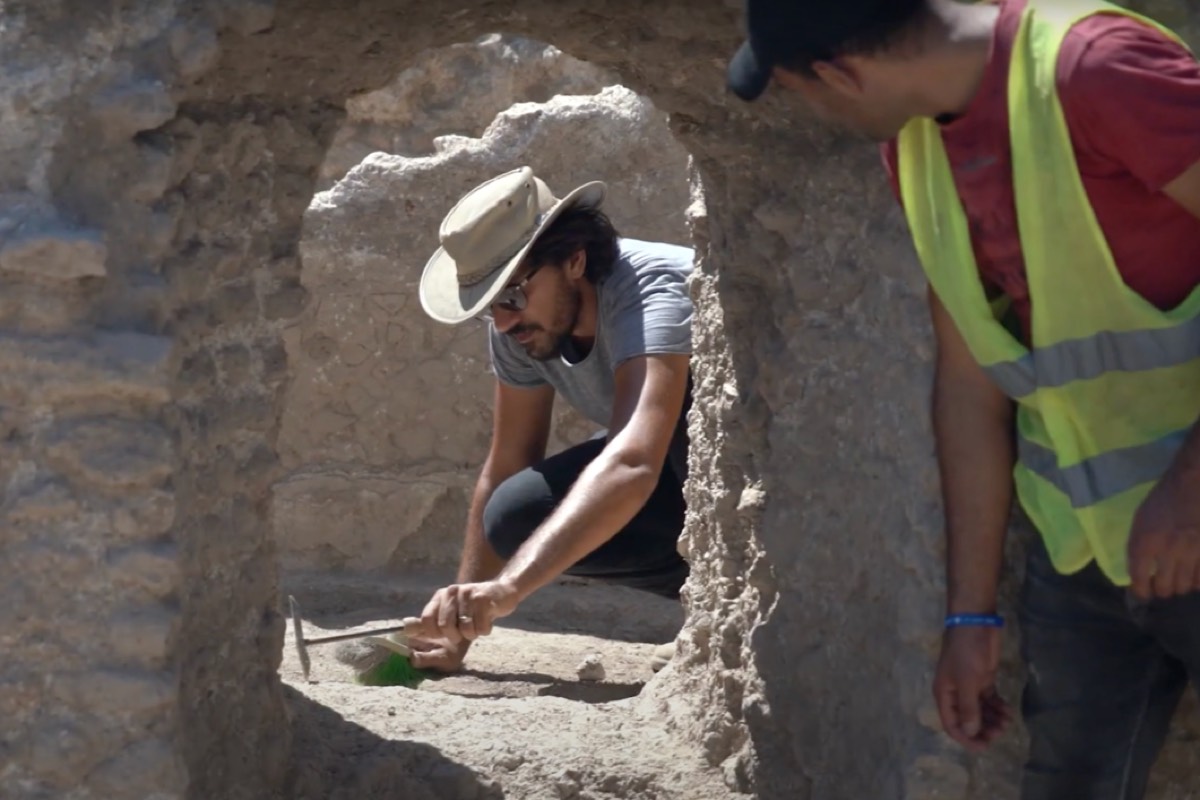How did Jews celebrate Sukkot 2,000 years ago? Archaeology offers answers
While no traces survive of the ancient corners Jews worked to commend the occasion, palaeontology gives significant proof of the centrality of Sukkot.
Somewhere in the range of 2,000 years prior, as the festival of Sukkot drew closer, a huge number of Jews left their homes all through the Land of Israel and then some and started an excursion toward Jerusalem. There they would experience a stupendous and prospering city and participate in what probably was one of the most serious strict encounters in the whole Roman Empire.
Old remaining parts probably won’t address the best devices to pinpoint what was occurring in a quite certain and brief timeframe –, for example, the seven days of a festival whose describing rule is to construct a transitory stall that would not leave anything extremely durable.
In any case, unearthings in Jerusalem related to recorded sources have uncovered a pompous image of that prime period not long before the city and its sanctuary would be obliterated on account of the Romans.
“At the point when we talk about a journey in Hebrew, we utilize the articulation aliyah al a-regel, which doesn’t just recommend the thought of a journey, yet in a real sense demonstrates moving up utilizing one’s feet,” said Dr Fellow Stiebel, a senior instructor at Tel Aviv University.
“Individuals put a hold on from common life, left their homes and went toward Jerusalem, which they came to through the space situated at the southern tip of what today we call the City of David,” he added.
Archaeological unearthings have uncovered the door the pioneers crossed.
“They would refine themselves in the Siloam Pool and afterwards go straight up to the Temple Mount, through a ventured road which was recently accepted to have been worked at the hour of King Herod,” Stiebel noted. “Presently we realize that the undertaking was really done under Judean Governor Pontius Pilate. Despite his awful standing according to Christianity, he fabricated probably the greatest landmarks in Jerusalem.”
The charge for Jews to go up to Jerusalem during Passover, Shavuot and Sukkot is remembered for the Torah.
Stories about Jews playing out the journey are now remembered for later books of the Hebrew Bible, said Dr Yonatan Adler, a senior teacher at Ariel University and a specialist in old ceremonial showers – or mikvaot – where Jews were needed to submerge to filter themselves, in their day to day existence just as prior to visiting the sanctuary.
“In light of these texts, we can likely expect that some type of journey was at that point happening during the First Temple Period,” he said, alluding to the period between 1200 BCE and 586 BCE when the safe-haven in Jerusalem remained, prior to being annihilated by the Babylonians.
[adinserter block="8"]
By the first century, CE Roman-Jewish antiquarian Titus Flavius Josephus says that a huge number of individuals partook in the journey, carrying a huge number of penances to the blessed sanctuary. Greek Jewish thinker Philo of Alexandria additionally talks about the event in his work.
The schedule was planned so that individuals would encounter what Stiebel portrayed as a “wow-impact,” like that felt by somebody visiting a superb church.
“At the hour of Herod, the Temple Mount was known as one of the greatest strict compounds in the Roman world,” he said.
The Siloam Pool was just one of the numerous public ceremony showers that have been revealed coming or nearby the Temple Mount.
“As indicated by my count we have found around 1,000 mikvaot in the nation, and a huge number – exactly 200 of them – are in Jerusalem or its environmental elements,” Adler said. “We need to recollect that Jews needed to purge themselves for a journey as well as in their regular routine also. Notwithstanding, we have revealed some open ceremony showers that remain making progress toward Jerusalem that is not associated with any settlement or farming establishment and it is sensible to expect that they were utilized by travellers en route to the city.”
[adinserter block="8"]
As per Adler, it is difficult to tell what at the time the experience of submerging in a custom shower – some of which are sufficiently enormous to expect that numerous individuals would enter without a moment’s delay – resembled.
“We don’t think concerning how the division of genders – assuming any – would work, nor whether individuals would go in the water bare or wearing some garments,” he said. “Then again, we likewise don’t know whether there was a particular affectability in regards to bareness.”
Jews from all foundations partook in the journey.
“Anybody, paying little heed to their economic wellbeing, could join, inundate themselves in the pool, stroll toward the Temple as the experience developed with tens if not a huge number of individuals accumulated inside the city on this course,” Stiebel added.
While no traces survive of the old stalls those Jews likely worked to praise the occasion, paleo history gives other significant proof of the centrality of the festival of Sukkot.
“The Four Species were highlighted on the coins printed by the revolutionaries against the Romans during the First Jewish Revolt,” Adler said.
[adinserter block="8"]
A palm tree bound for certain verdant branches – logical the willows and the myrtle – and a couple of citruses shows up on antiquities that were additionally an image of opportunity and autonomy against the Romans.
“It is sensible to believe that the agitators considered the Four Species an image that anybody would perceive,” Adler said.




